Main Findings
In a world marked by growing instability—from the war in Ukraine to conflict in the Holy Land, and the global rise of authoritarianism—religious freedom is under mounting threat.
Aid to the Church in Need’s Religious Freedom in the World Report 2025 concludes that there have been grave violations of religious freedom in 62 countries: 24 classified as ‘persecution’ (the worst category) and 38 as ‘discrimination’ (the second most serious category), together affecting more than 5.4 billion people. These infringements signal a broader assault on the rights enshrined in Article 18 of the Universal Declaration of Human Rights—freedom of thought, conscience, and religion. Today, this fundamental right is not merely under pressure, it is increasingly disappearing.
Below are the main findings from the reporting period (1 January 2023 - 31 December 2024). Three of them, which set out key themes shaping religious freedom today, are explored further in the articles, The evolution of jihadism, and Fleeing from religiously motivated persecution and discrimination, .
1. Almost two-thirds of humanity - over 5.4 billion people - live in countries where serious religious freedom violations take place. The 62 countries classified as under persecution or discrimination are home to nearly 64.7 percent of the global population. During the reporting period, only two of these countries – Kazakhstan and Sri Lanka – showed improvement.
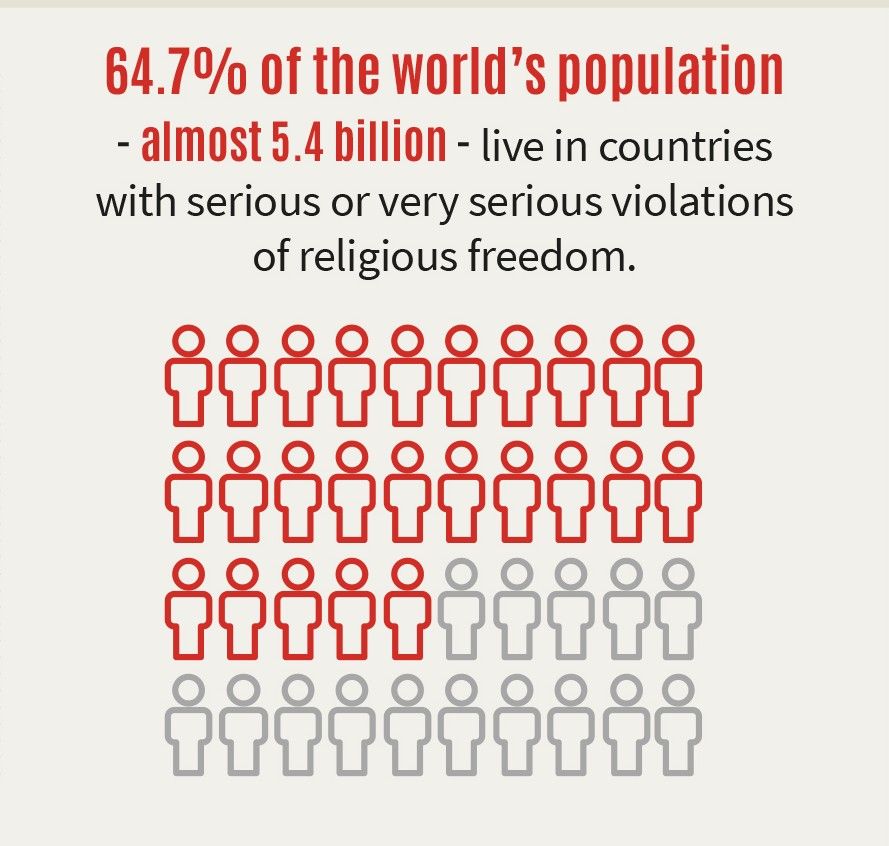
2. 24 countries are ranked in the worst category - persecution. Grave and systemic violations, including violence, arrest, and repression, affect more than 4.1 billion people in nations such as China, India, Nigeria, and North Korea. In 75 percent of these countries (18 out of these 24), the situation has worsened.
3. 38 countries are categorised as experiencing religious discrimination, potentially affecting more than 1.3 billion people —17.3 percent of the world’s population. In these countries, such as Egypt, Ethiopia, Mexico, Türkiye, and Vietnam, religious groups face systematic restrictions on worship, expression, and legal equality. While not subject to violent repression, discrimination often results in marginalisation and legal inequality.
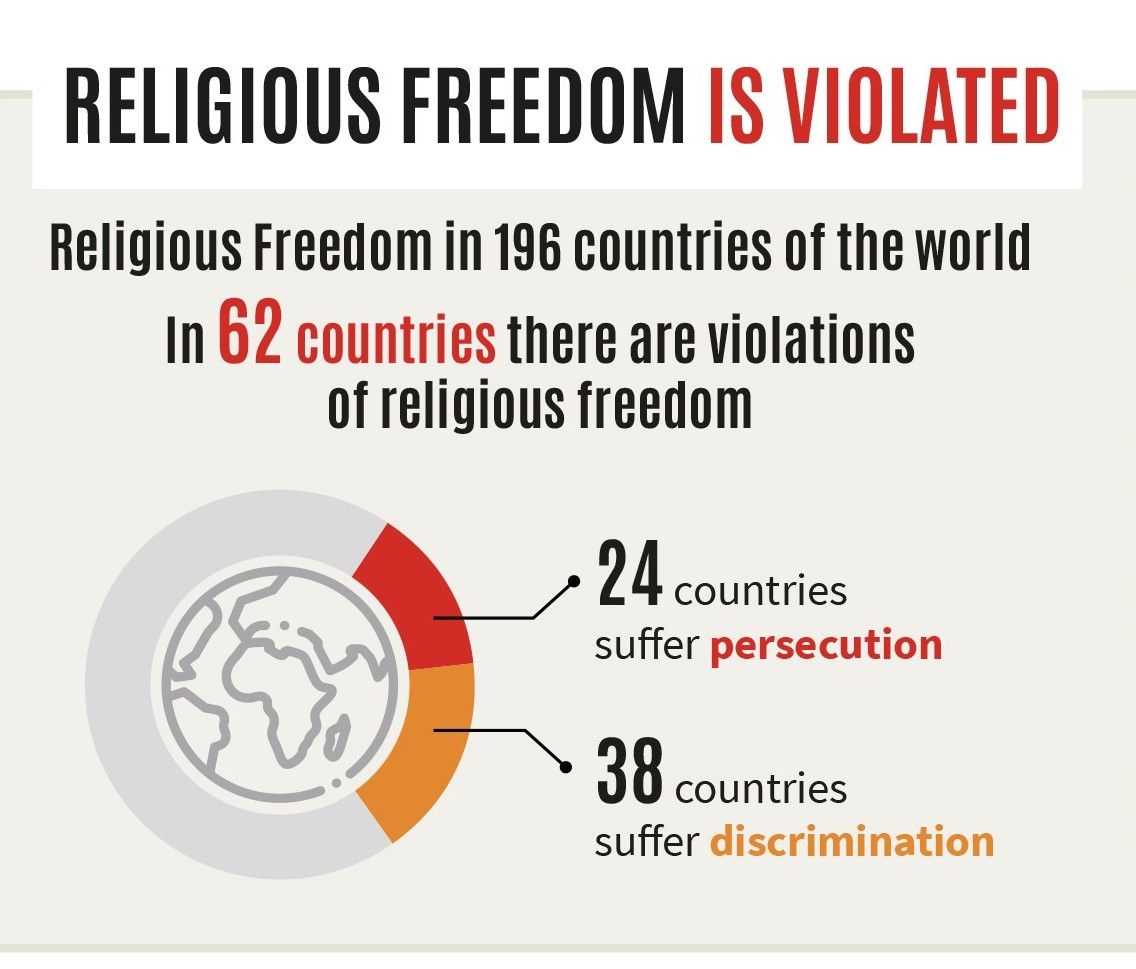
4. 24 countries are classified as ‘under observation’ amid a surge in warning signs threatening religious freedom. These include rising intolerance, the erosion of legal protections, religious extremism, and increasing state interference in religious life. This means that 750 million people could be at risk of religious discrimination. In the Regional Analysis maps these countries are marked with a magnifying glass symbol.
5. Authoritarianism is the greatest threat to religious freedom. Authoritarian regimes have systematically enforced legal and bureaucratic mechanisms to suppress religious life. In countries such as China, Eritrea, Iran and Nicaragua, the government represses religion through pervasive surveillance, restrictive legislation, and the repression of dissenting beliefs. Authoritarian rule is among the main drivers of persecution in 19 countries and underpins patterns of discrimination in 33 others.
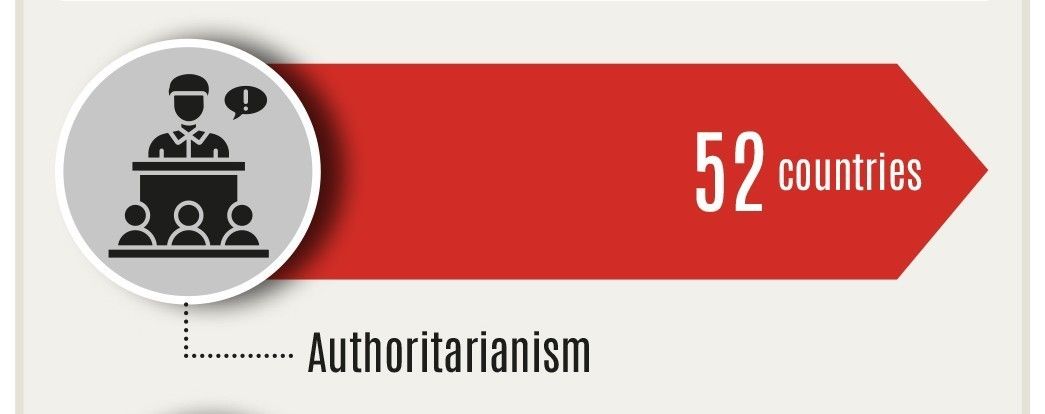
6. Jihadist violence escalates, adapts, and destabilises on an unprecedented scale. In 15 countries, religious extremism is a main driver of persecution; in 10 others, it contributes to discrimination. From the Sahel to Pakistan, jihadist groups expand through decentralised networks, targeting Christians and Muslims who cannot accept the extremist ideology. Exploiting local grievances and weak governance, terrorist groups like JNIM (Jama’at Nusrat ul-Islam wa al-Muslimin) and ISSP (Islamic State – Sahel Province) expand control in the Sahel, while Ansar al-Sunna (ISCAP) in Mozambique and ADF in the Democratic Republic of the Congo seek to establish a “caliphate” to legitimise their authority and ideology.
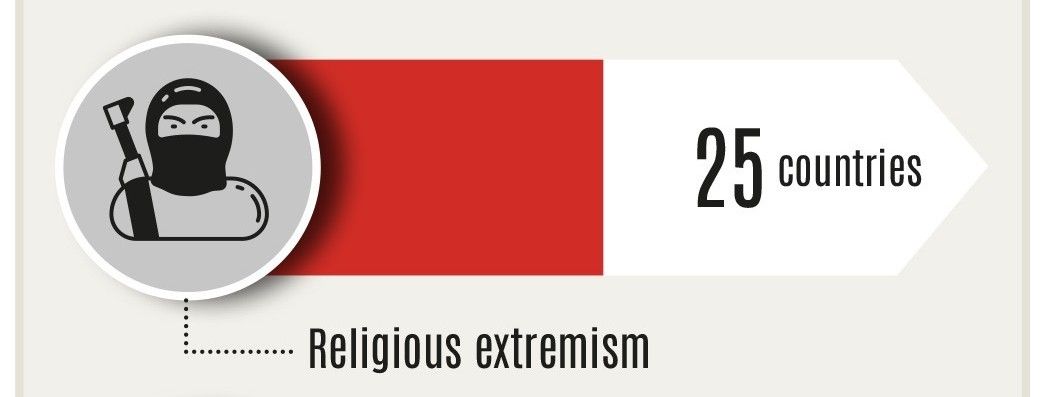
7. Religious nationalism is on the increase, fuelling exclusion and repression of minorities. National identity is increasingly shaped by ethno-religious nationalism, eroding minority rights. In India and Myanmar, it drives persecution; in Palestine, Israel, Sri Lanka, and Nepal, it fuels discrimination. India exemplifies “hybrid persecution”, i.e. legal suppression combined with mob violence. Majoritarian narratives are weaponised to consolidate power, while legal and administrative systems often entrench second-class status for minorities.
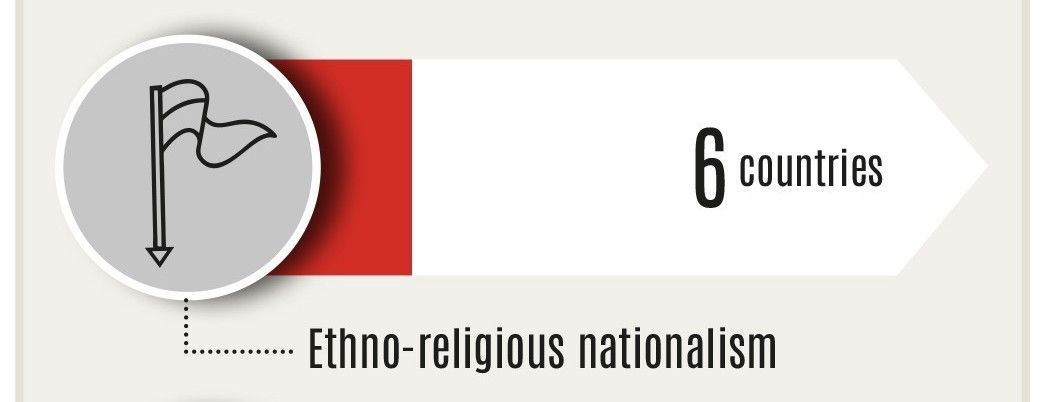
8. Religious persecution increasingly fuels forced migration and displacement. Millions have fled violence, discrimination, and the absence of state protection whose causes are rooted in religious intolerance. In Nigeria, attacks by radicalised Fulani militants have ravaged churches, villages, and clergy, triggering mass displacement. Across the Sahel—Burkina Faso, Niger, Mali—and amid Sudan’s civil war, entire faith communities have been uprooted, their places of worship destroyed, and religious heritage erased. Religious persecution is a major and often overlooked driver of today’s global displacement crisis.
- Organised crime systematically targets religious leaders and communities. In weakened or failed States and conflict zones, criminal groups target religious leaders and institutions to assert control. In three countries—Nigeria, Haiti, and Mexico—organised crime is a key driver of persecution or discrimination. In regions with weak governance, particularly in Latin America and Sub-Saharan Africa, churches are looted, pastors kidnapped or killed, and religious organisations pressurised into silence or complicity.
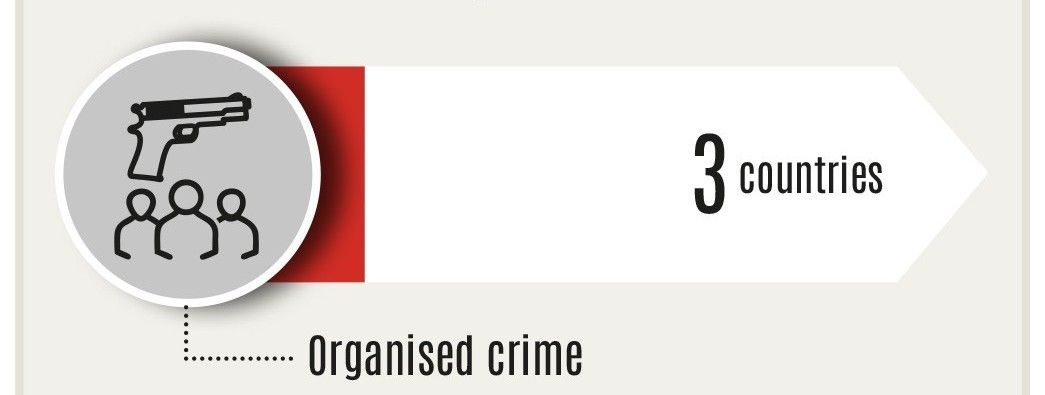
10. Religious freedom has become a global casualty of war amid a spike in conflict situations around the world. There has been an exponential growth in religious communities suffering the consequences of war amid a surge in conflicts around the world – civil wars, wars between nations and regional conflicts. Armed conflicts in Ukraine, Sudan, Myanmar, Gaza, and Nagorno-Karabakh have resulted in mass displacements, church closures, and targeted attacks on religious communities.
11. There has been a sharp rise in antisemitic and anti-Muslim hate crimes. Following the 7th October 2023 Hamas attack in Israel and the subsequent war in Gaza, antisemitic and anti-Muslim incidents surged across Europe, North America, and Latin America. In France, antisemitic acts increased by 1,000 percent, while anti-Muslim hate crimes rose by 29 percent. Germany recorded 4,369 offences linked to the conflict—up from just 61 in 2022. Synagogues and mosques were attacked, individuals harassed, and hate speech proliferated online. In many cases, government responses proved inadequate, fuelling fear and insecurity among religious communities.
12. Anti-Christian incidents are on the rise across Western countries. Europe and North America witnessed a significant rise in attacks against Christian sites and believers. In 2023 alone, France recorded approximately 1,000 anti-Christian incidents, while Greece reported over 600 cases of church vandalism. In Canada, 24 churches were targeted by arson between 2021 and early 2024. Similar spikes were observed in Spain, Italy, the United States, and Croatia, including desecrations of places of worship, physical assaults on clergy, and disruptions of religious services—often driven by ideological hostility, militant activism, or anti-religious extremism.
13. Conscientious objection is under increased threat. Across the OSCE region, the right to conscientious objection is facing increasing restrictions. In countries such as Armenia, Azerbaijan, Ukraine, and Russia, individuals refusing military service on religious or ethical grounds have been imprisoned. Meanwhile, in Western democracies like Belgium, faith-based institutions are under growing legal pressure to provide services such as abortion and assisted suicide.
14. AI and digital tools are being weaponised to repress religious groups. From artificial intelligence to surveillance networks, new technologies are increasingly used to monitor, profile, and penalise religious expression. In countries such as China, North Korea, and Pakistan, both governments and non-state actors deploy digital tools to censor, intimidate, and criminalise believers—transforming religious faith into a perceived security threat.
15. Doubly vulnerable: Religious minority women and girls - some as young as 10 - suffer systematic abuse. During the reporting period, grave violations against women and girls from religious minorities continued to be documented. In countries such as Pakistan, Egypt, and Mozambique, victims—some as young as ten—were subjected to abduction, forced conversion, and coerced marriage. These abuses, occurring in the hundreds each year, are in the vast majority of cases carried out with impunity.
16. Despite the worsening religious freedom context, religious communities have shown unswerving resilience as agents of peace as well as emergency and pastoral aid. Despite persecution, religious communities continue to demonstrate remarkable resilience, actively engaging in peacebuilding and delivering essential humanitarian assistance. From Mozambique’s Cabo Delgado region to Burkina Faso, interfaith initiatives have shown that religious freedom can serve as a foundation for unity and a safeguard for human dignity. Education plays a critical role in this process—fostering social cohesion, affirming the equal worth of all individuals, and empowering minority groups both culturally and economically.

